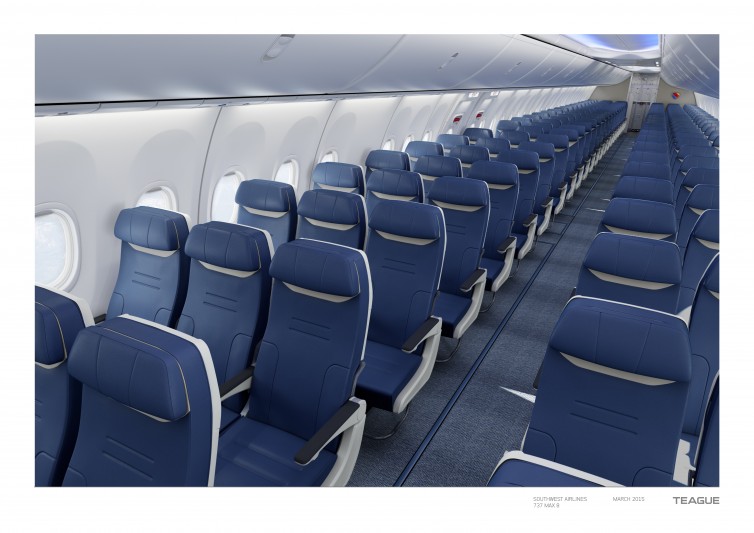
Cabin mockup of the 737 MAX 8 with the new Meridian seats – Image: Southwest Airlines
I recently attended Southwest’s #SWAmediaDay and the unveiling of their new Houston Hobby international terminal. As an unabashed Southwest fan, and card-carrying A-Lister (Southwest’s version of elite frequent flyer), it was an excellent opportunity to get up-to-date on what’s going on behind the scenes at Southwest. But the exhibit which stole the show for me? Finally, a pair of the mysterious new blue Meridian seats for my eyes (and derrià¨re) to literally size up.
Over the past few years I’ve noticed an interesting trend: Airlines release new slimline seats, talking them up to make them seem as if they are greatest innovation to passenger experience since the advent of the jet engine. Immediately following, passengers (and media) quickly cry afoul, often before trying the seats out. Because, all change is bad, right? Who moved my cheese?! If we were to try to find middle ground between these two extremes we might arrive at an analogy comparing slimlines to the Rolls-Royce RB211. A jet engine for sure, but by all accounts an expensive flop which had a part in destroying Rolls Royce, crippling Lockheed, and being one of just a few factors which killed the L-1011 TriStar.
But, I digress… We are talking about something as benign as seats after all, right?
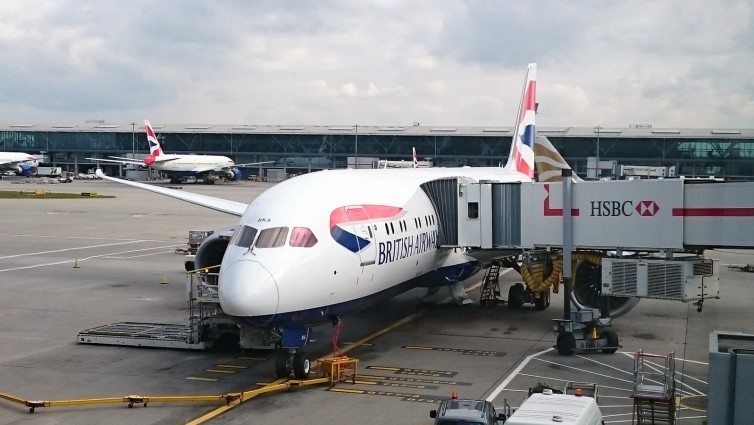
My British Airways Boeing 787-9 Dreamliner in London – Photo: Jason Rabinowitz
International first class is something special. It’s something that very few people will ever be able to pay for, but for those putting down the cash, they expect an experience beyond anything else available.
British Airways skipped a first class option on its Boeing 787-8 Dreamliner deliveries, but with the 787-9, it decided to give their well-liked first product a bit of a refresh. The global first class market is quite competitive. Many airlines have totally given up on it, while others keep trying to offer the biggest, best, and most expensive options. In a world of apartment-like products, showers, bars, and full private suites, I wondered how British Airways now stacks up. The end result is one of the nicest seats that I have ever had the pleasure of flying in.
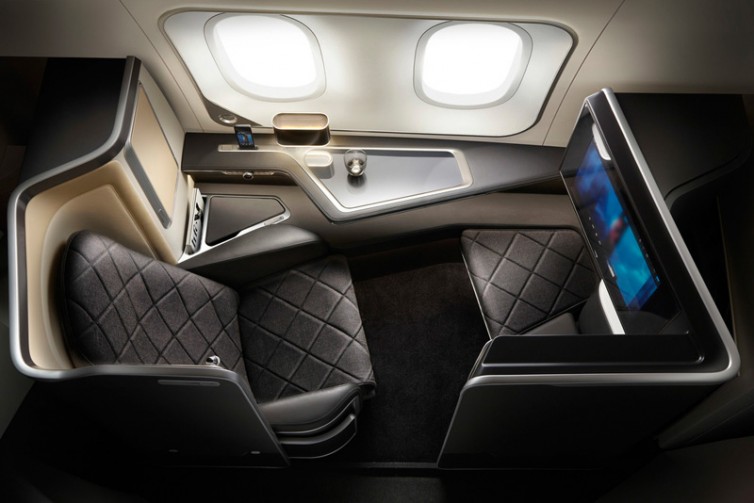
The British Airways first class product on their Boeing 787-9 Dreamliner – Photo: British Airways
My experience began at London’s Heathrow Airport (LHR) with a visit to the Concorde Room. British Airways has multiple lounges at Heathrow, but the Concorde Room is something more exclusive. It is reserved only for passengers flying intercontinental first class on the airline, and affords passengers extra niceties and amenities. One of the most interesting perks is what it calls a Cabana. The Cabanas are little private rooms within the lounge, where passengers can shower, take a nap, or simply watch television. While airports can be super stressful, this was the exact opposite. We were already off to a great first class start!
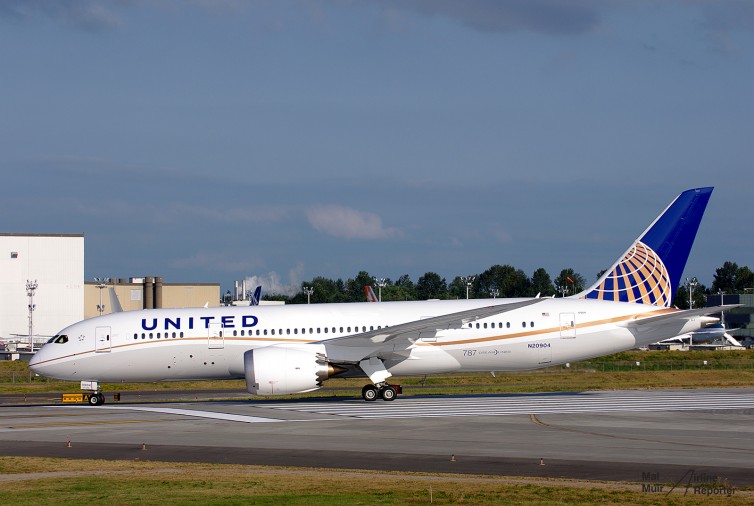
United Airlines’ first 787 at Paine Field – Photo: Mal Muir | AirlineReporter
THIS is the route that the Boeing 787 Dreamliner was built for. Flying between Tokyo and Denver, you need a special kind of aircraft. Something that is super-efficient, able to deal with Denver’s high altitude and summer heat, and right-sized for the market. The 787-8 checks all of those boxes.
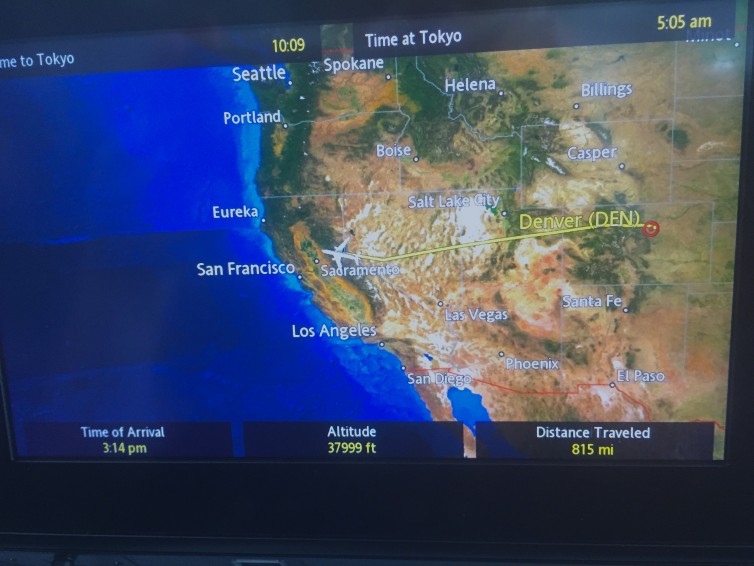
Luckily, the 787 has the legs for some wonky routings from Denver due to winds – Photo: Blaine Nickeson | AirlineReporter
Recently, I planned a trip with friend (and fellow Denver-based AirlineReporter writer), Dave Delagarza. Our wives were not thrilled to care for the young kids during the trip, but we’d be gone for less than 72 hours. In that period of time, we flew nearly 20,000 miles to Kuala Lumpur, Malaysia and back, all on 787-8s (of both the United and ANA variety). This helped us both re-qualify for our elite status levels with United, our dominant carrier here in Denver.
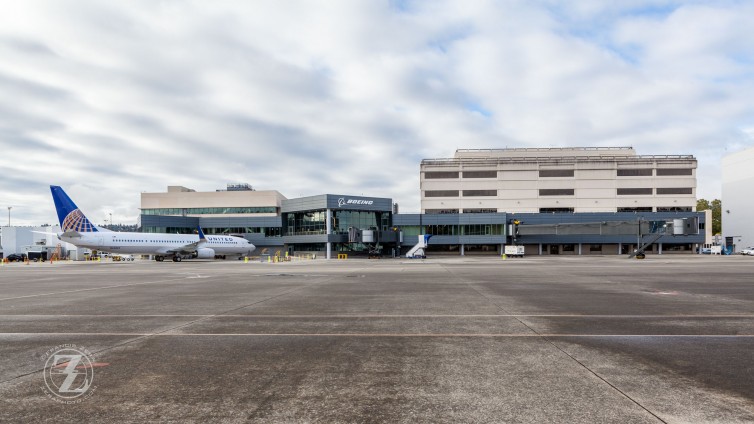
The new delivery center building has three gates and enough interior space to accommodate three simultaneous aircraft deliveries. The 737-900ER shown parked at the gate was delivered to United Airlines on Oct. 19.
Boeing opened its new Seattle delivery center for its booming 737 program on October 19 at King County International Airport, a.k.a. Boeing Field.
The 90,000 sq. ft. building is more than twice the size of the previous facility, which was located on the same site. It took 15 months to demolish the old structure, build the new one, and renovate some of the adjoining office spaces. According to Boeing officials, the new facility was needed to better accommodate the ever-increasing production rates for their 737 line. The current production rate for 737s is 42 per month, and planned rate increases will take that number to 52 per month in 2018.
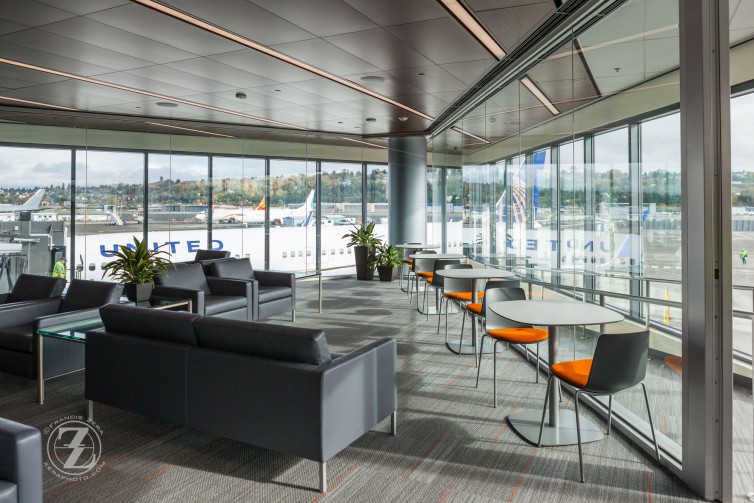
The main departure lounge at the new delivery center offers good views of the flight line.
I recently had the opportunity, on behalf of AirlineReporter, to check out the new facility and I was excited to see what an airline’s representatives experience when picking up their $85 million jet.
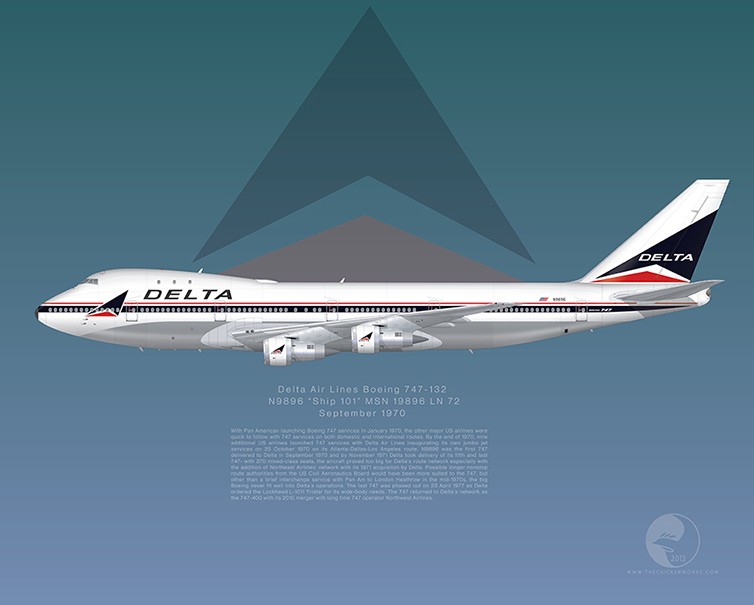
Delta’s first 747-100, N9896 ’œShip 101’ as it looked on her delivery in 1970 – Image: JP Santiago
On 9 September 2015, the very first Boeing 747-400 built, N661US, touched down at Atlanta from Honolulu as Delta Flight 836 for the last time in revenue passenger service. Ship 6301 was the Boeing 747-400 prototype, which was delivered to launch customer Northwest Airlines on 8 December 1989 and came over to Delta with the 2008 merger. There are twelve remaining 747-400s flying with Delta, all of which came over from Northwest. Current fleet planning will have these 747s retired in 2017.
Delta did however, for a brief time, operate the first variant of the 747 family, the 747-100, from September 1970 to April 1977. Only five aircraft were taken on strength with Delta and while the 747-100 was but a short historical footnote in Delta’s history, its legacy looms large to this day with the airline.
In order to understand what the 747 was for Delta at the time, one has to consider that as the 1960s were drawing to a close, Delta was in the midst of transition on several fronts. The first change came with the Southern Transcontinental Route Case of 1961. Prior to deregulation, airlines usually had to make a case for the opening of new services and routes to the Civil Aeronautics Board (CAB). Often these cases consisted of years of deliberation, and politics played a central role in airlines winning favorable rulings from the CAB. In the 1950s, the CAB favored interchange services as a means for airlines to open up new markets without saturating a given route with an excess of seats, harming profitability.
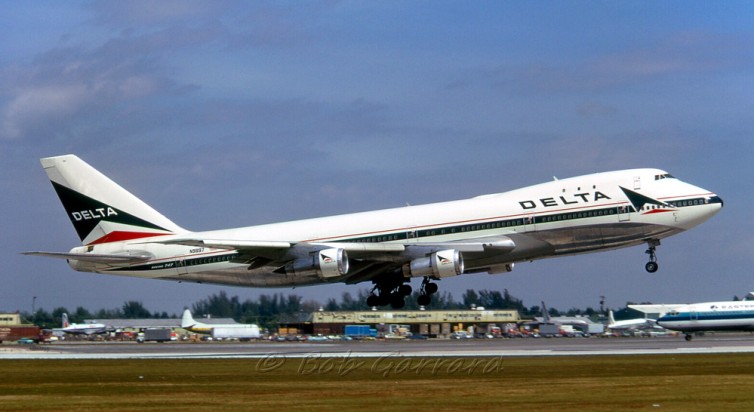
A Delta Boeing 747-100 (reg: N9897) taken in Miami in 1974 – Photo: Bob Garrard
Having a predominantly southeastern U.S.-anchored network, Delta linked up with several other airlines to offer interchange services which allowed it to fly as far west as California. As traffic grew on the interchange services to the west coast, Delta petitioned the CAB to operate the west coast services on its own, and in one of the more historic decisions made by the CAB, both Delta and National Airlines were given route authorities to California from the southeast in what was called the Southern Transcontinental Route Case.








